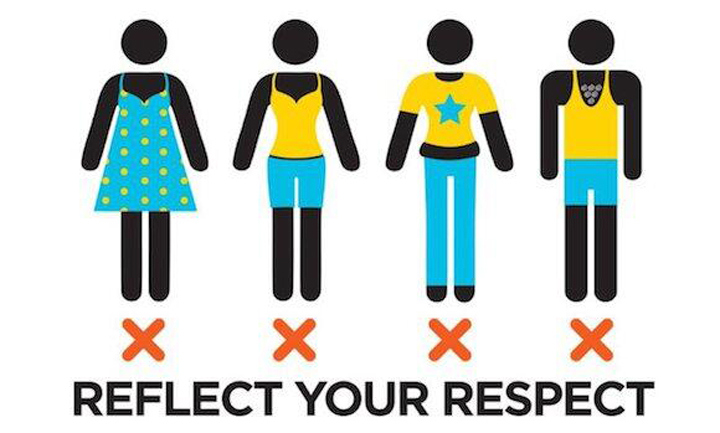Dress Code Controversy
September 26, 2017
Throughout most high schools across the United States, dress codes are a constant, recurring guideline set in place to create a foundation in which students base “appropriate” attire.
The majority of high schools have now adopted dress codes. Infoplease.com reports that “According to the National Center for Educational Statistics, as of the 2007-2008 school year, 16.5% of all the public schools in the United States required students to wear uniforms. In addition, 54% enforce a strict dress code.”
The increase in high school dress regulations has brought about many disagreeing from parents and students.
Anna Eichert, a senior here at Pitman, commented, “I think dress codes are ridiculous. I think that they promote rape culture, continued inequality and sexualize girls at young ages.”
Anna continues to respond by stating that whilst working in the school office, much of her time is spent sorting the dress code violations at school. She continues by stating dress codes are a huge waste of time and approximately 50 girls get written up every week due to “improper clothing.”
Benjamin Dorantes added, “I think we should all have a right to wear whatever we want, you know? As long as it doesn’t provoke any violence, or expose anything that shouldn’t be seen.”
In Chicago, a new middle school has been attacked by parents due to it’s new banning of “tight pants” and “yoga pants at school.” Parents are speaking out against the new dress code, suggesting that it clearly blames girls for “distracting” boys in school. Many are saying that the new rule is sexist and unfair to their innocent daughters, who shouldn’t be punished for “something they cannot control,” according to News Twice As Fast.
Many of the popular opinions of students and parents regarding dress regulations in high school are very strongly sided against the issue. If this is the case, then why are dress codes still popularly used and enforced throughout the United States?
“In truth, what a uniform policy would do is free hundreds of teachers and administrators from being “clothes police.” It would allow us to stop wasting time and get back to the job we were trained and hired to do: teach children the basics of reading, writing and arithmetic,” writes The St. Petersburg Times.
With the implication of dress codes has come many differing opinions towards what the guidelines stand for, what messages they send, as well as whether they are worth the time and effort they produce on campuses throughout the country.
